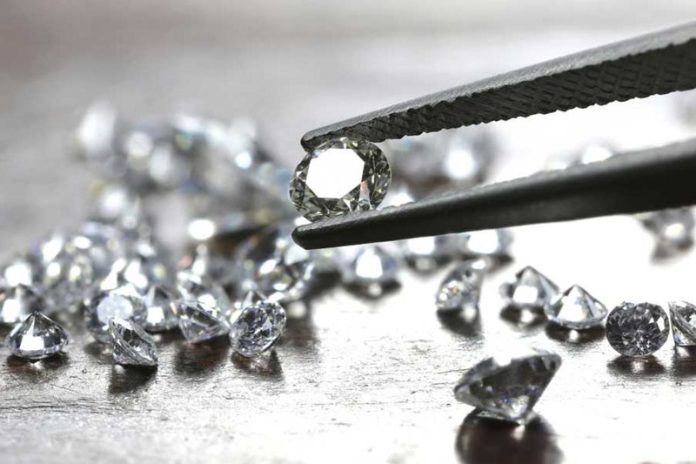Related Articles AtHome Colorado | Thompson Thrift to develop 344-unit luxury multifamily community in Fort Collins AtHome Colorado | Erickson Realty rebrands to Enjoy Realty AtHome Colorado | Feel at home on your vacation with a home exchange AtHome Colorado | Life transitions: Empty nesters or multi-generational housing AtHome Colorado | Curb appeal reigns when selling your home You might have heard you’ll need a 20 percent down payment to buy a home. While there’s a reason that number seems standard, 20% isn’t set in stone. Many mortgages require borrowers to put down as little as 3 or 3.
5%, and some loans don’t have minimums at all. What is the average down payment on a house? The median sale price of a home in the U.S.

in Q1 2024 was $335,500 according to real estate data provider ATTOM . During that same period, the median down payment was $26,700, or only 8% of the median home price. Other data suggests a higher percentage, though.
In its “2024 Home Buyers and Sellers Generational Trends ” report, the National Association of Realtors (NAR) found the median down payment among all buyers (some 6,817 new homeowners) to be 15%. That tallies with ATTOM’s monthly “ United States Real Estate Overview ,” which for May 2024 puts the national median home sales price at $384,375 and the median down payment at $60,202, or 15.6%.
As home prices have risen, so have loan amounts: in the first quarter of 2024, the median mortgage on a single family home was $329,800, up over 7% year-over year, according to ATTOM. Conversely, down payments in relation to mortgage sizes have declined: The $26,700 in Q1 2024 has dropped nearly 21% from $33,750 in Q4 2023. In step with the housing market, the typical down payment has changed over time based on home prices, mortgage rates and other factors.
Looking back to 2005, the lowest median down payment between now and then was a mere $1,000 in the fourth quarter of 2006. Down payments by state Just as home prices vary widely across the U.S.
, down payment amounts vary by location. The higher down payments tend to be concentrated in higher-cost states like California, Hawaii, Massachusetts and Washington. Average down payment by generation In general, the younger a buyer is, the more likely they are to make a smaller down payment.
Down payments and different mortgage types The minimum amount you’ll need for a down payment depends on the cost of the home and what type of mortgage you get. The minimum requirements range from no down payment at all to 5%. Here’s an overview: Many borrowers put down more than the minimum, either through savings, gifts or down payment assistance .
In fact, 14% of current homeowners used a financial gift from family and friends for a down payment for their first home, while another 14% used an assistance loan or program for first-time buyers, according to Bankrate’s recent Down Payment Survey . The more you put down, the less you’ll need to borrow and the less you’ll pay in interest. You’re also more likely to get a better interest rate on your mortgage.
A bigger down payment also translates to more equity in the home to start — a tappable asset, as well as a potential safeguard against any declines in home values. If you’re getting a conventional or FHA loan and can put down at least 20%, you’ll also avoid the requirement to buy mortgage insurance , an extra expense on top of your monthly mortgage payment. That said, there is a case to be made for a smaller down payment, even if it means paying mortgage insurance.
If you’ve been renting for a while and have limited savings, pulling together at least the minimum down payment might be preferable to continuing to rent, especially if your housing needs have changed. Buying a home sooner rather than later also moves you quicker into wealth-building territory, acquiring as an asset you can pass down to future generations . FAQ — What is the typical mortgage down payment for first-time homebuyers versus repeat homebuyers? As of 2023, the typical mortgage down payment for a first-time homebuyer was 8%, while the typical down payment for a repeat homebuyer was 19%, according to the National Association of Realtors.
— How can I avoid paying PMI without making a 20% down payment? If you’re putting down less than 20% on a conventional loan, you won’t be able to completely avoid private mortgage insurance (PMI). A few mortgage lenders offer “no-PMI” mortgages. While you won’t have to pay for PMI with these types of loans, you will pay a higher interest rate, which could end up costing you more over time than the insurance premiums.
Another possible solution: a piggyback mortgage. You’ll finance 80% of the home’s price with one mortgage, take out a second mortgage for 10%, and then come up with the remaining 10% in cash. That second mortgage, plus your 10% contribution, in effect gives you a 20% down payment — so you avoid PMI.
If you’re a first-time homebuyer, you might get a break on PMI anyway. Many first-time buyer programs come with reduced premiums. — How can I fund a down payment? The most common ways to fund a down payment include saving, using a gift from relatives or friends or getting a grant or some other form of assistance.
Some buyers borrow or withdraw funds from retirement accounts or sell investments. However you get your funds, just be sure to have them in your bank account for a minimum of two months’ prior to applying for a mortgage. If not, you’ll likely need to provide extra documentation to prove where the money came from.
_____ (Additional reporting by Maya Dollarhide.) _____ ©2024 Bankrate online. Visit Bankrate online at bankrate.
com. Distributed by Tribune Content Agency, LLC. Stay up to date with area Real Estate and Home & Garden news information with the latest e-edition version of atHome Colorado online This article is brought to you by atHome Colorado , your weekly insight into real estate, design, and community trends, published weekly by the advertising and marketing department in the Boulder Daily Camera, Loveland Reporter-Herald, Greeley Tribune, and Longmont Times-Call.



















